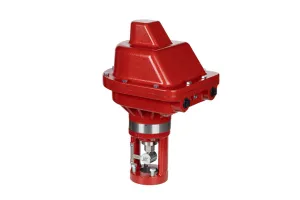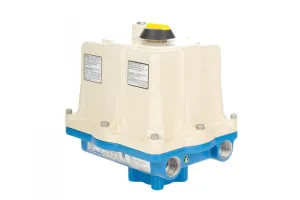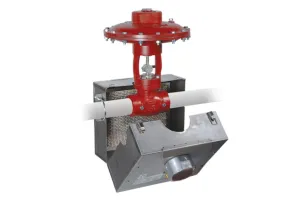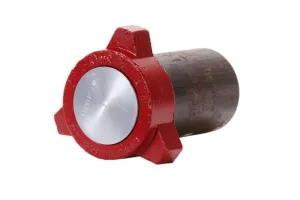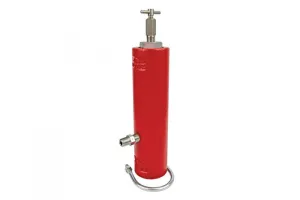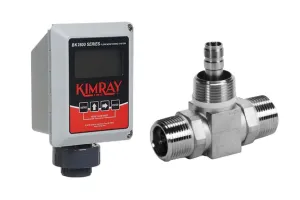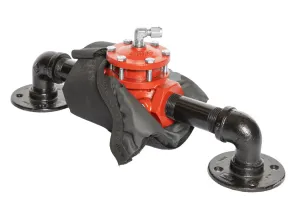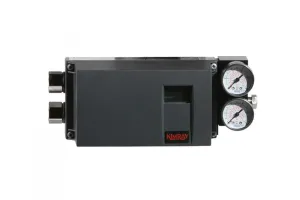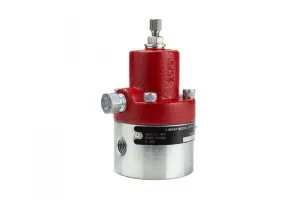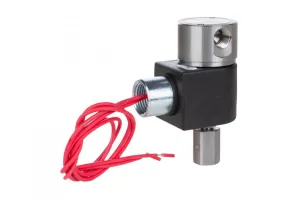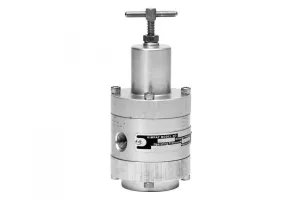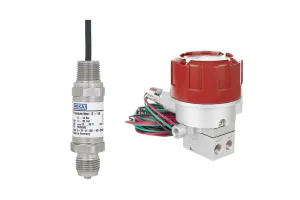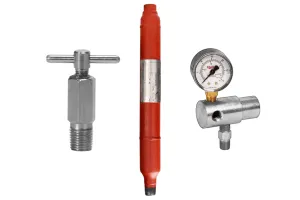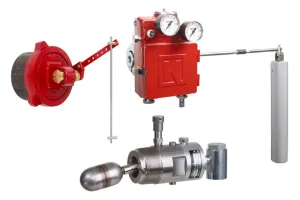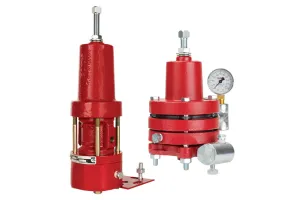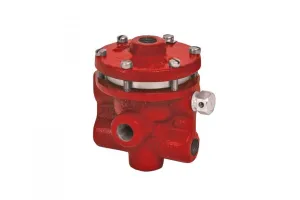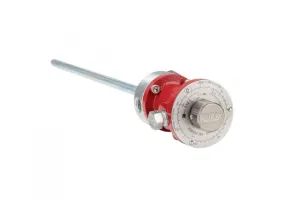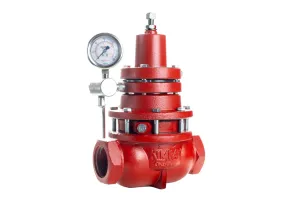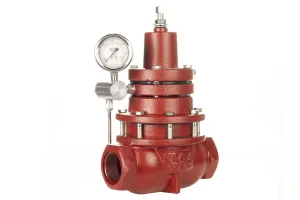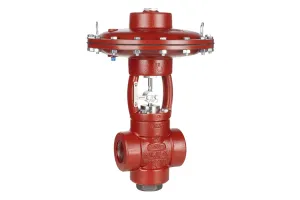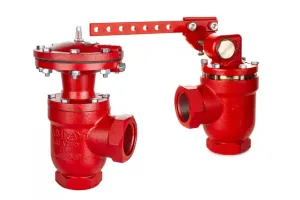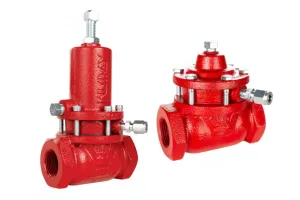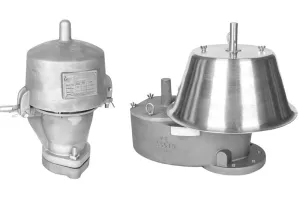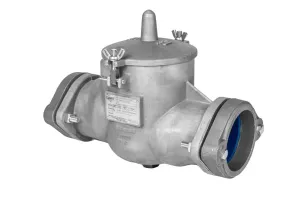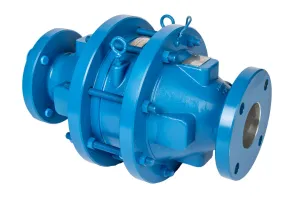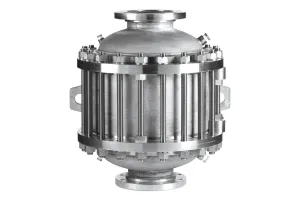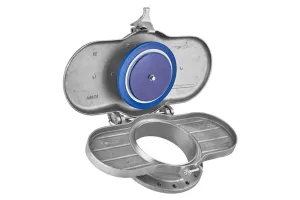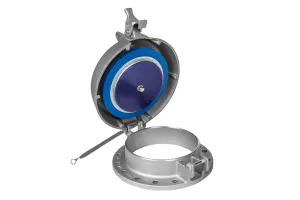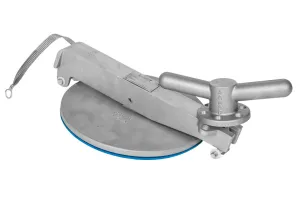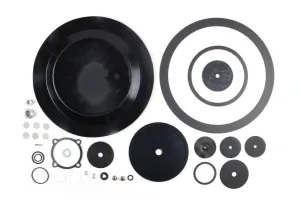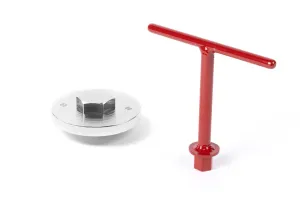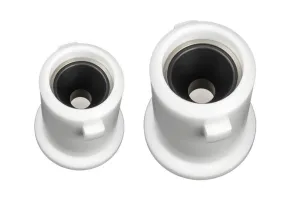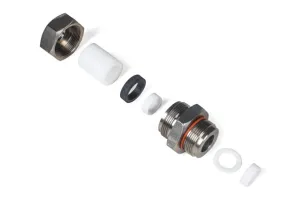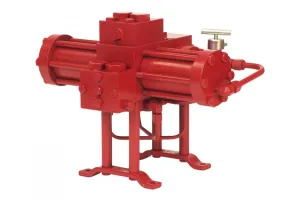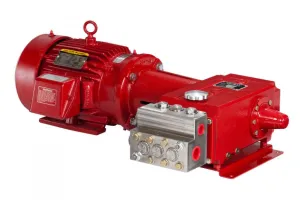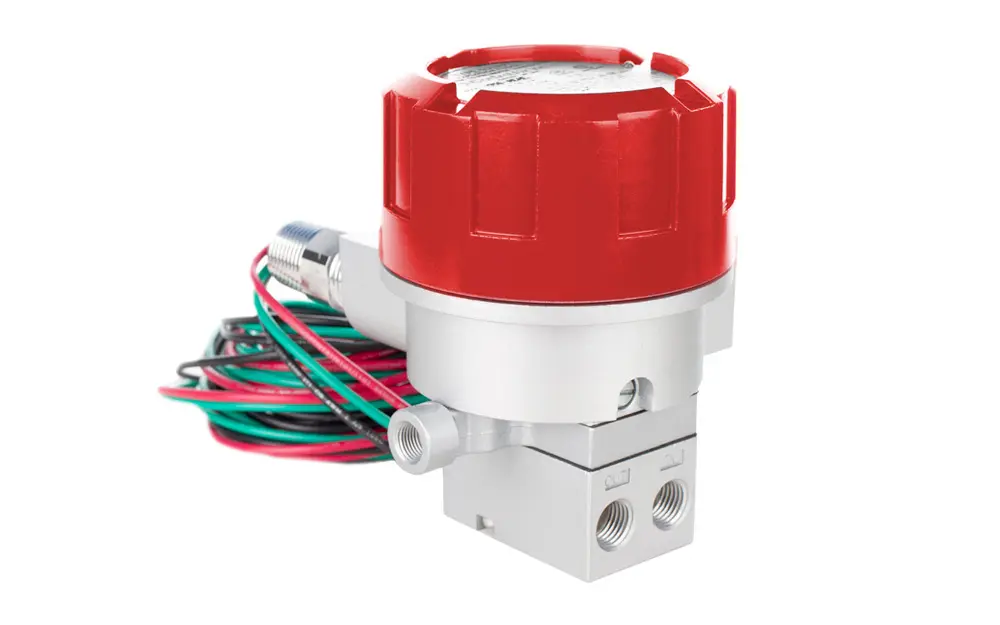
YAK2
Build & Save a Quote
We'll get you options, pricing, and anything else you need.

Anything we can do to help?
Talk to a specialist at (405) 525-4264 or fill out a quick product message form.
Tech Specs
| Type | Value |
|---|---|
| Operation: | Electric/Pneumatic |
| Hazardous Location Certification: | Class I, Div 1 Explosion Proof |
| Weight: | 3.022 lbs |
Product Videos
Compatible Kits and Tools
Downloads & Updates
Frequently Asked Questions
Only the YAK3 model is ATEX certified.
It’s a device that controls air pressure with a variable electrical signal (current or voltage). Those controlled by current, usually 4-20 mA, are called I/P (pronounced “I to P”) transducers. Voltage units, E/P (“E to P”) transducers generally use a 0-5 or 0-10 volt control signal. With a 4 mA signal you get the lowest rated output and 20 mA gives you the maximum output. The output is proportional for everything in between.
It depends on the application. Most automated systems use a PLC (Programmable Logic Controller) set up for the job at hand. There are multi-meters and calibrating meters available from a number of companies. A power supply connected to a potentiometer or rheostat will also give you a variable signal.
Almost all of our transducers are loop driven. This means that the variable control signal provides all of the operating power required. This is also referred to as a two wire system. Only the E/P versions of the T900 require a separate power supply (10 to 30 volts DC).
Generally, you always want to use the narrow mb-5est range possible for your application. This will provide the greatest accuracy. You will also have to decide if you need to regulate down to zero psi or not.
Our transducers will always fail closed (minimum output) with the loss of power when used in the direct mode. The Type 500 and 550 will fail open (maximum output) when set up as reverse acting.
Always put a filter regulator in the air supply in front of an I/P. It will stabilize the supply pressure and protect the transducer from contaminants, thus prolonging its life expectancy. These devices can be mounted in any position, but the T500 and 550 must be calibrated in the same orientation that they’re being used. Generally speaking, they’ll work best upright (pneumatic ports at the bottom). The T900 and 950 can be mounted in any position without effecting calibration.
Still have a question? Send us a quick product message to get help from our team.
Quick Links
Kimray has a team of experts that can help you identify the right products to meet your product and emissions goals.
Talk to a specialist Mon - Fri, 7 AM - 5 PM CST at (405) 525-4264.
